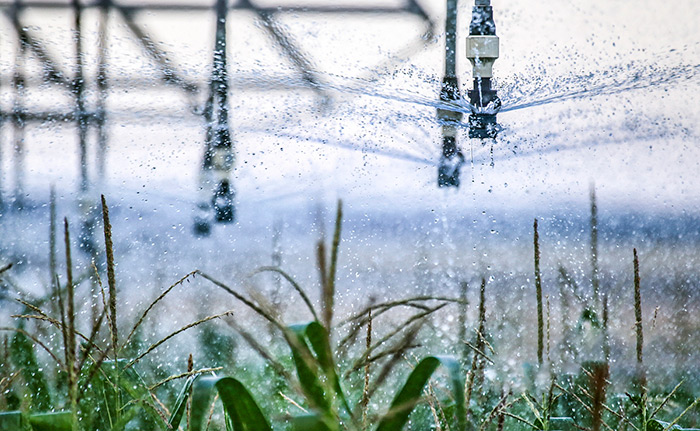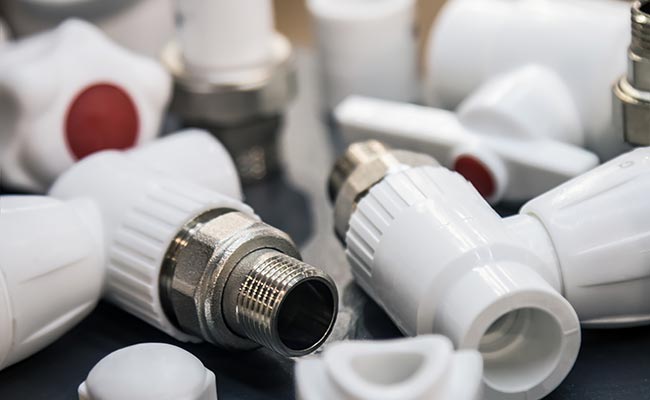You’re installing a new water line and grab a PVC valve. But if you don’t know its pressure limit, you’re risking a catastrophic burst, a major flood, and costly system downtime.
A standard Schedule 40 PVC ball valve is typically rated to handle a maximum of 150 PSI (Pounds per Square Inch) at 73°F (23°C). This pressure rating decreases significantly as water temperature increases, so it’s critical to check the manufacturer’s specifications.
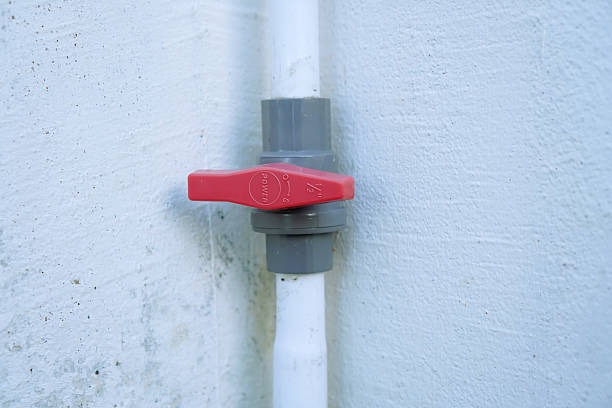
That number, 150 PSI, is the simple answer. But the real answer is more complex, and understanding it is key to building a safe, reliable system. I often discuss this with Budi, a purchasing manager in Indonesia. He trains his team to ask customers not just “what pressure do you need?” but also “what’s the temperature?” and “how are you stopping the flow?” A pump can create pressure spikes far above the system’s average. The valve is just one part of a whole system. Knowing how much pressure it can handle isn’t just about reading a number; it’s about understanding how your system will behave in the real world.
What is the pressure rating of a PVC valve?
You see “150 PSI” printed on the valve, but what does that really mean? Using it in the wrong conditions can cause it to fail, even if the pressure seems low.
The pressure rating of a PVC valve, usually 150 PSI for Schedule 40, is its maximum safe working pressure at room temperature. As the temperature rises, the PVC softens and its pressure handling capacity drops dramatically.
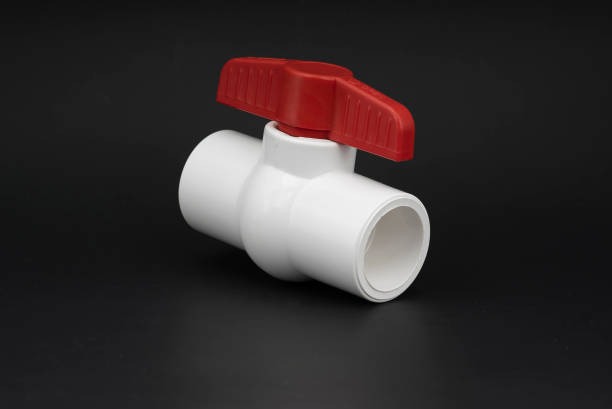
Think of the pressure rating as its strength in a perfect situation. At a comfortable room temperature of 73°F (23°C), a standard white PVC valve is strong and rigid. But PVC is a thermoplastic, which means it gets softer with heat. This is the most critical concept to understand: you must “derate” the pressure for higher temperatures. For instance, at 100°F (38°C), that 150 PSI valve might only be safe up to 110 PSI. By the time you get to 140°F (60°C), its maximum rating has plummeted to around 30 PSI. This is why standard PVC is only for cold water lines. For higher pressures or slightly higher temperatures, you would look at Schedule 80 PVC (usually dark gray), which has thicker walls and a higher initial pressure rating.
PVC Pressure Rating vs. Temperature
| Water Temperature | Max Pressure (for a 150 PSI Valve) | Strength Retained |
|---|---|---|
| 73°F (23°C) | 150 PSI | 100% |
| 100°F (38°C) | ~110 PSI | ~73% |
| 120°F (49°C) | ~75 PSI | ~50% |
| 140°F (60°C) | ~33 PSI | ~22% |
What is the pressure limit for a ball valve?
You know your system’s static pressure is safely below the limit. But a sudden valve closure can create a pressure spike that blows past that limit, causing an instant rupture.
The stated pressure limit is for static, non-shock pressure. This limit does not account for dynamic forces like water hammer, a sudden pressure surge that can easily break a valve rated for much higher pressures.
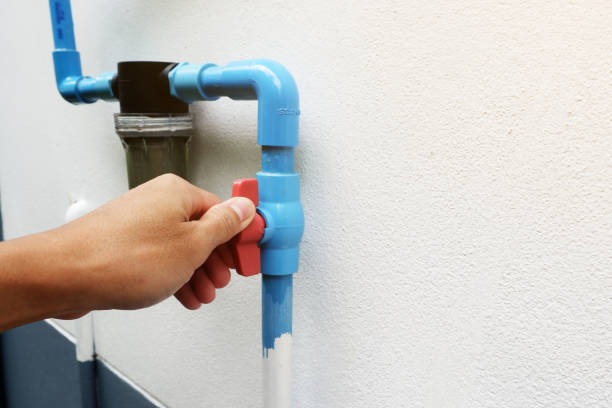
Water hammer is the silent killer of plumbing components. Imagine a long pipe full of water moving quickly. When you slam a valve shut, all that moving water has to stop instantly. The momentum creates a massive shockwave that travels back through the pipe. This pressure spike can be 5 to 10 times the normal system pressure. A system running at 60 PSI could momentarily experience a spike of 600 PSI. No standard PVC ball valve can withstand that. I always tell Budi to remind his contractor clients of this. When a valve fails, it’s easy to blame the product. But often, the problem is a system design that doesn’t account for water hammer. The best prevention is to close valves slowly. Even with a quarter-turn ball valve, operating the handle smoothly over a second or two instead of snapping it shut makes a huge difference.
How much pressure can PVC withstand?
You’ve chosen the right valve, but what about the pipe? Your system is only as strong as its weakest link, and a pipe failure is just as bad as a valve failure.
The amount of pressure PVC can withstand depends on its “schedule” or wall thickness. Standard Schedule 40 PVC pipe has lower pressure ratings than the thicker-walled, more industrial Schedule 80 pipe.
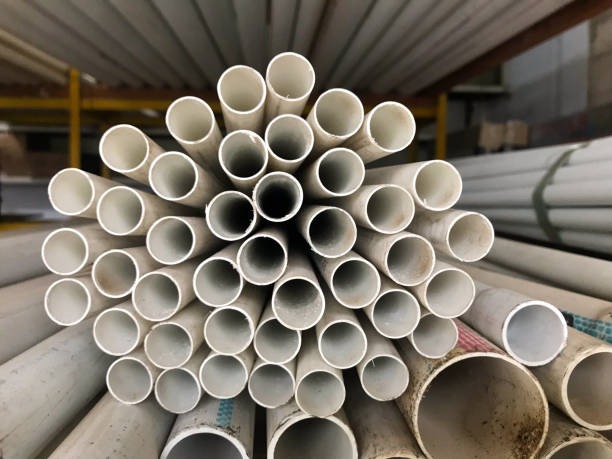
It’s a common mistake to focus only on the valve’s rating. You must match your components. A 2-inch Schedule 40 pipe, the common white pipe you see everywhere, is typically rated for around 140 PSI. A 2-inch Schedule 80 pipe, which has much thicker walls and is usually dark gray, is rated for over 200 PSI. You cannot increase your system’s pressure capacity just by using a stronger valve. If you install a Schedule 80 valve (rated for 240 PSI) on a Schedule 40 pipe (rated for 140 PSI), your system’s maximum safe pressure is still only 140 PSI. The pipe becomes the weakest link. For any system, you must identify the pressure rating of every single component—pipes, fittings, and valves—and design your system around the lowest-rated part.
Pipe Schedule Comparison (Example: 2-inch PVC)
| Feature | Schedule 40 PVC | Schedule 80 PVC |
|---|---|---|
| Color | Usually White | Usually Dark Gray |
| Wall Thickness | Standard | Thicker |
| Pressure Rating | ~140 PSI | ~200 PSI |
| Common Use | General Plumbing, Irrigation | Industrial, High Pressure |
Are PVC ball valves any good?
You look at a lightweight plastic valve and think it feels cheap. Can you really trust this inexpensive part to be a reliable component in your critical water system?
Yes, high-quality PVC ball valves are extremely good for their intended purpose. Their value is not in brute strength, but in their complete immunity to corrosion, which makes them more reliable than metal in many applications.
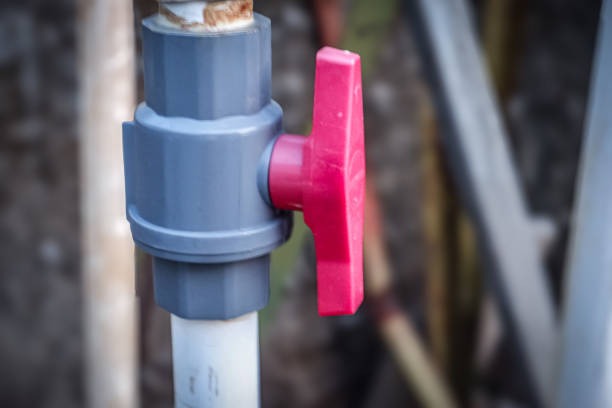
The perception of “cheapness” comes from comparing PVC to metal. But this misses the point. In many water applications, especially in agriculture, aquaculture, or pool systems, corrosion is the primary cause of failure. A brass or iron valve will rust and seize over time. A quality PVC valve, made from 100% virgin resin with smooth PTFE seats and redundant O-rings, will not. It will operate smoothly for years in an environment that would destroy metal. Budi wins over skeptical clients by reframing the question. The question isn’t “is plastic good enough?” The question is “can metal survive the job?” For cold water control, especially where chemicals or salt are present, a well-made PVC valve isn’t just a good choice; it’s the smarter, more reliable, and more cost-effective choice for the long term.
Conclusion
A PVC ball valve can handle 150 PSI at room temperature. Its true value lies in corrosion resistance, but always factor in temperature and water hammer for a safe, long-lasting system.
Post time: Jul-21-2025


